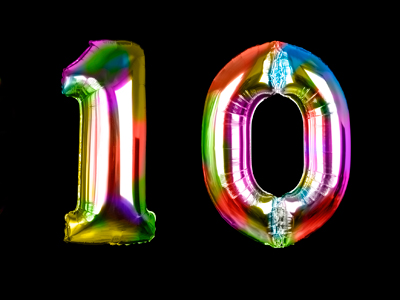
Decimal Numbers (Year 6)
In KS2 Maths, kids learn about decimal numbers. In Year Six, you'll know decimal place value to three spots - tenths, hundredths, and thousandths. Plus, you'll be a pro at adding, subtracting, and rounding decimals. Think metres/cm or £/pence!
Decimals have a point - left side has whole numbers, right side has tenths, hundredths, and thousandths. Decimals are like a cool way to talk about numbers smaller than one. Instead of 1/8, say 0.125: 1 tenth, 2 hundredths, 5 thousandths. Decimals make maths with fractions easier - like metres and kilos, all using tenths, hundredths, and thousandths!
Try a fun quiz to test your decimal number skills!
Click to find A Parent's Secret Weapon for Smart KidsReady for more?
not all...
quizzers. Try to win a coveted spot on our Hall of Fame Page.







